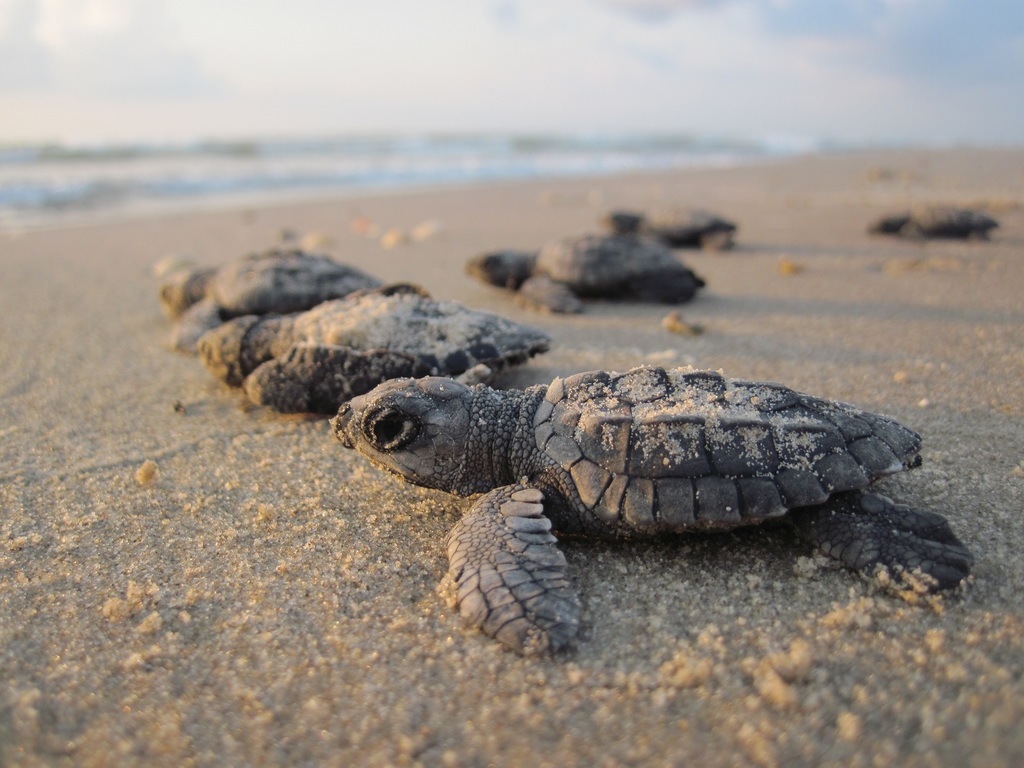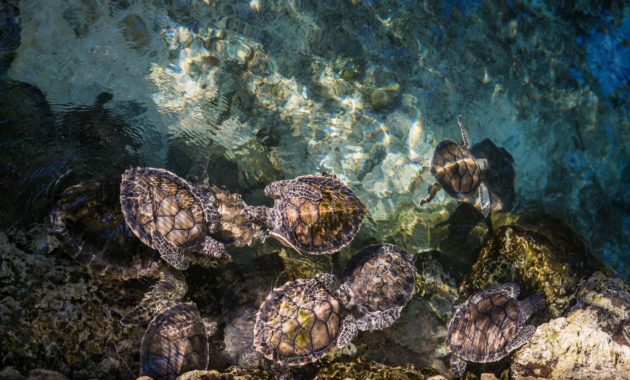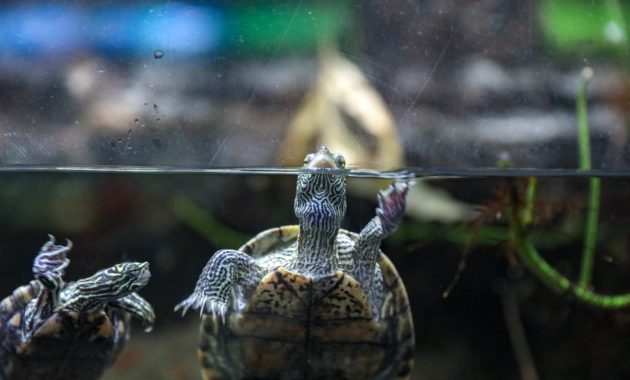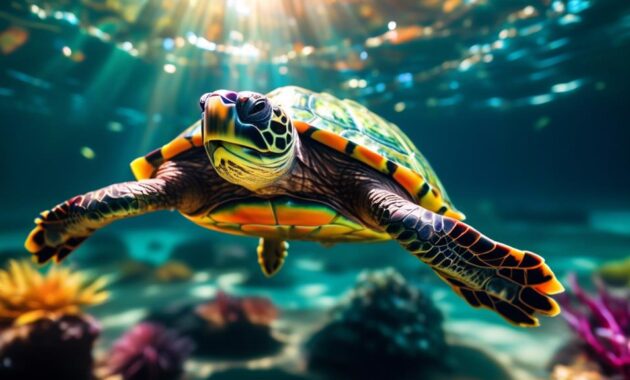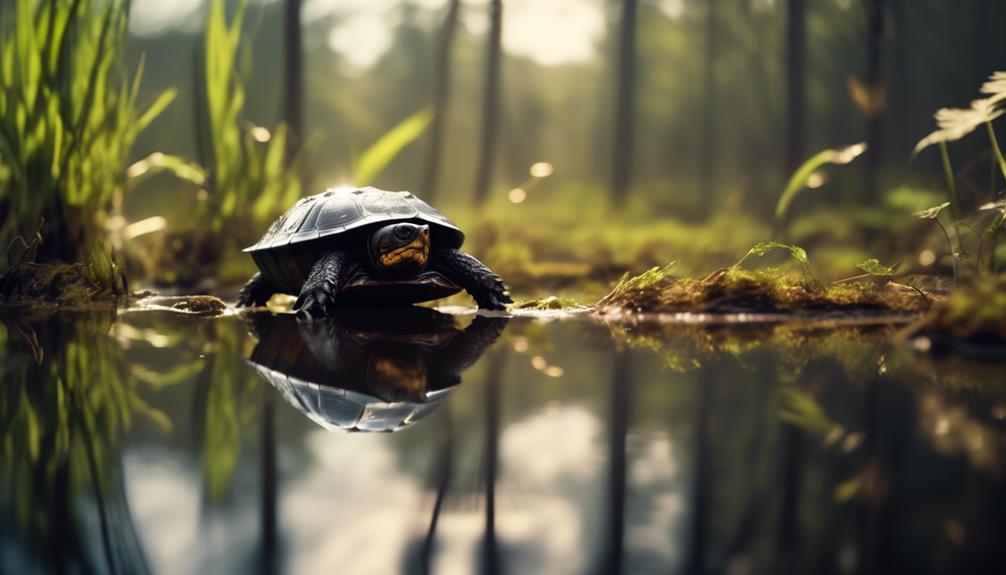
Did you know that the population of Bog Turtles has declined by over 80% in the past century? This alarming statistic highlights the dire situation facing these captivating creatures.
Despite their diminutive size, Bog Turtles have a fascinating array of characteristics and requirements that make them truly unique. From their vibrant colors to their specific habitat needs, there is so much to discover about these endangered turtles.
In this article, we will uncover the secrets of Bog Turtles, revealing why their fragile existence deserves our attention and protection. So, let’s embark on a journey to explore the world of Bog Turtles and understand the challenges they face in their struggle for survival.
Key Takeaways
- Bog Turtles are a small semi-aquatic turtle breed found in the United States, particularly in marshy areas, swamps, and slow-moving streams.
- They have a lifespan of approximately 30 years and require specific habitat conditions, including both land and water areas in their enclosure.
- Bog Turtles are endangered due to habitat loss and the illegal pet trade, making it challenging to find reputable breeders or adoption centers.
- These turtles have distinct physical characteristics, such as an elongated shell, rough texture in juveniles, and bright blotches on the head, which help with identification and camouflage in their natural habitat.
Size and Lifespan of Bog Turtles
Bog turtles are small semi-aquatic turtles with a varying length and a lifespan of approximately 30 years. These turtles are known for their small size, making them one of the smallest turtle breeds. Their shells are slightly elongated and have a rough texture in juveniles, which becomes smoother as they age.
Male Bog Turtles have longer, thicker tails and moderately concave plastrons, while females have flat plastrons and wider, more domed shells. They’ve a distinct bright red, yellow, or orange blotch on each side of their heads. The color of their shells ranges from brown to black, with light-colored centers on the bony plates. Their plastrons are brown or black with irregular light markings.
Bog turtles have a fascinating appearance that helps them blend in with their natural habitat.
Care and Maintenance of Bog Turtles
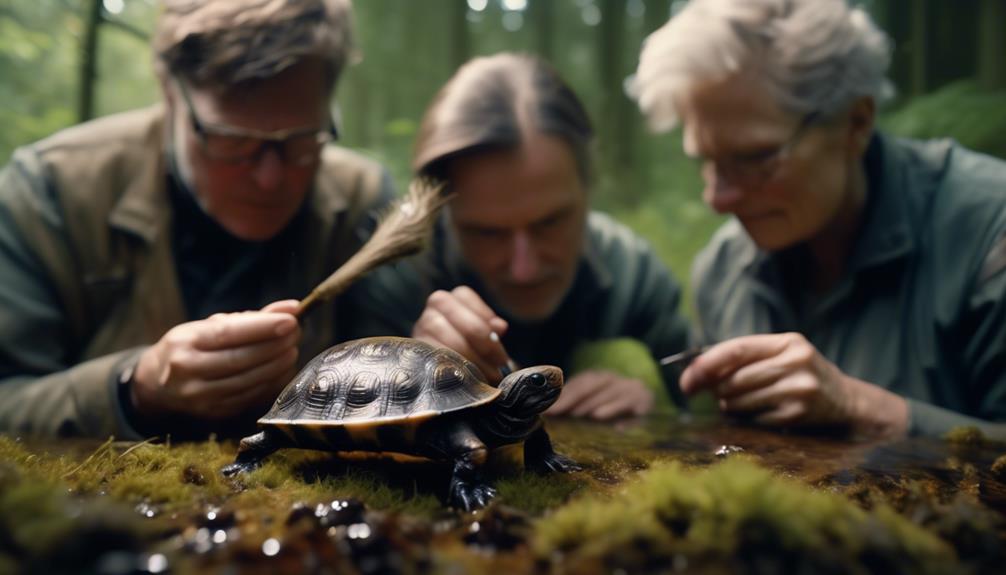
To properly care for and maintain Bog Turtles, it’s important to create a suitable enclosure that mimics their natural habitat. This includes providing equal areas of shallow water and land, with appropriate substrate and vegetation. The tank should be a minimum size of 3 x 2 feet for a single turtle.
Maintaining proper temperature and humidity levels is crucial for their well-being. Additionally, hiding spots and basking areas should be provided for the turtle’s comfort.
Bog Turtles require a varied diet consisting of pelleted commercial diet, vegetables, aquatic plants, insects, worms, and fish.
Due to their specific habitat conditions and diet requirements, caring for Bog Turtles might be a medium maintenance task.
Comparing Bog Turtles to Similar Breeds
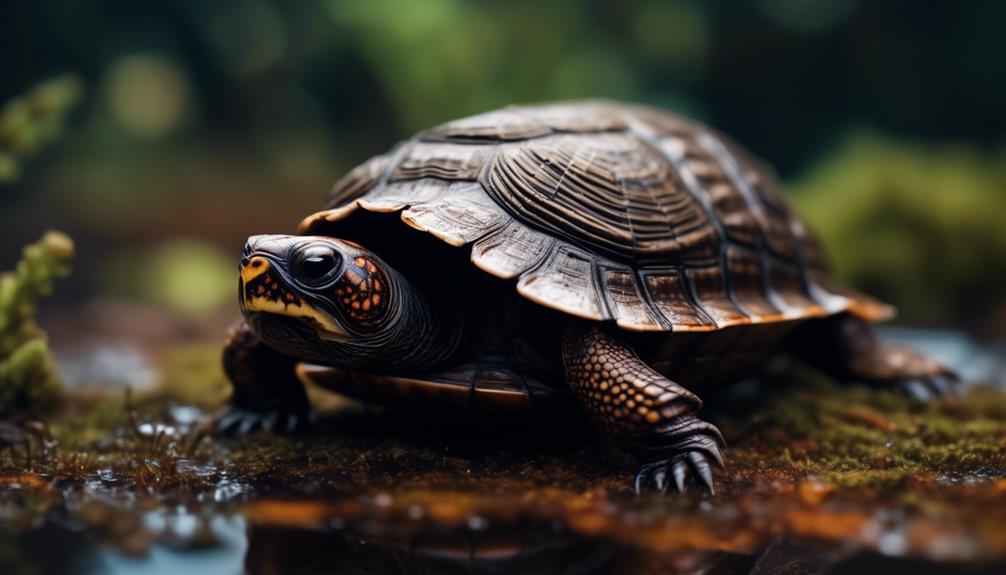
When comparing Bog Turtles to similar breeds, it’s important to consider their size, habitat preferences, and care requirements. Here are three key factors to consider:
- Size: Bog Turtles are one of the smallest turtle breeds, making them ideal for those with limited space. Their small size also means they require less food and maintenance compared to larger turtle breeds.
- Habitat Preferences: Bog Turtles thrive in marshy areas, swamps, bogs, and slow-moving streams. They prefer habitats with soft substrate and low-growth vegetation. It’s crucial to replicate these conditions in their enclosure to ensure their well-being and happiness.
- Care Requirements: Bog Turtles require medium maintenance. They need both land and water areas in their enclosure, as well as a varied diet consisting of pelleted commercial food, vegetables, aquatic plants, insects, worms, and fish. Finding a reputable breeder or adoption center for Bog Turtles may be challenging, so careful research is necessary.
Understanding these factors will help you make an informed decision if you’re considering owning a Bog Turtle or a similar breed.
The Native Habitat of Bog Turtles
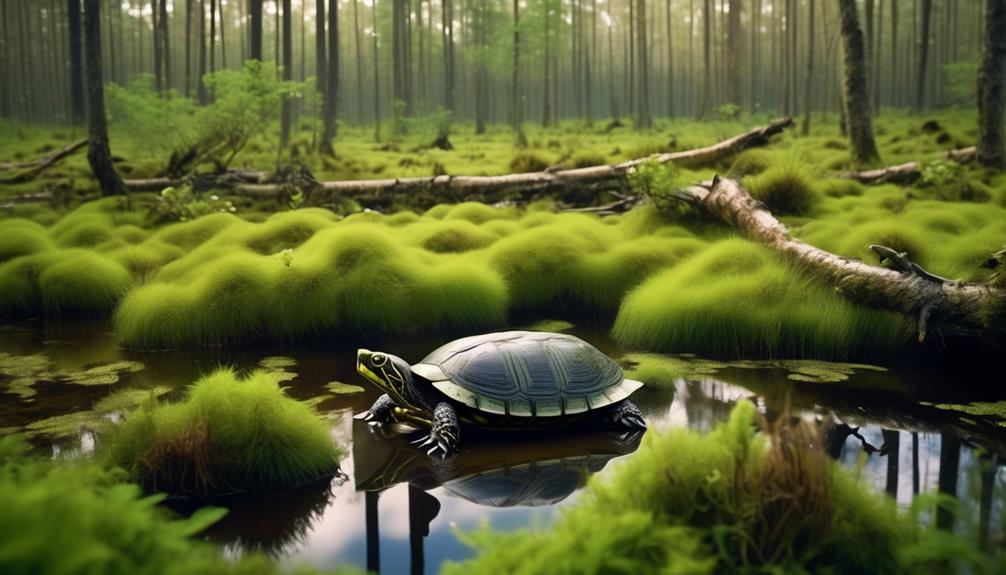
The United States is home to the native habitat of the endangered Bog Turtles. These fascinating creatures can be found in several states, including Connecticut, Massachusetts, New York, New Jersey, Pennsylvania, Maryland, Delaware, Virginia, Tennessee, North Carolina, South Carolina, and Georgia.
Bog Turtles prefer marshy areas, swamps, bogs, and slow-moving streams. They thrive in habitats with soft substrate and low-growth vegetation.
Unfortunately, these turtles are endangered due to habitat loss and the illegal pet trade. It’s crucial to protect their native habitat and ensure their survival for future generations.
Description and Colors of Bog Turtles
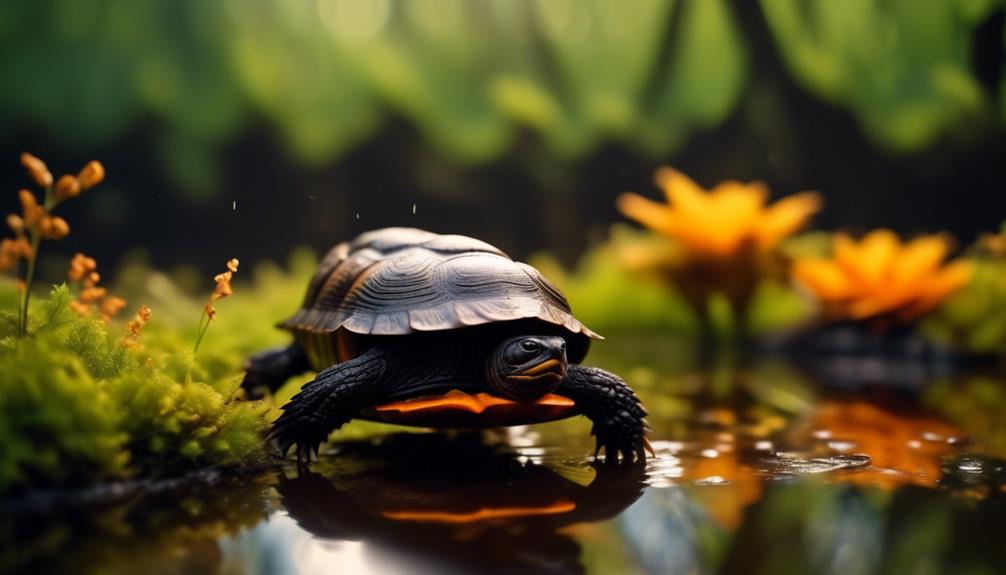
Now let’s explore the fascinating features of Bog Turtles, starting with their distinct description and vibrant colors.
These small turtles have a slightly elongated shell that becomes smoother with age. Male Bog Turtles can be identified by their longer, thicker tails and moderately concave plastrons, while females have flat plastrons and wider, more domed shells.
The shell color of Bog Turtles ranges from brown to black, with light-colored centers on the bony plates. They also have a bright red, yellow, or orange blotch on each side of their head, which adds to their striking appearance.
Their plastron is brown or black with irregular light markings, while their skin is brown or black with speckles or streaks of orange or red on the legs. These vibrant colors help Bog Turtles blend into their natural habitat and aid in their identification.
Creating a Suitable Environment for Bog Turtles
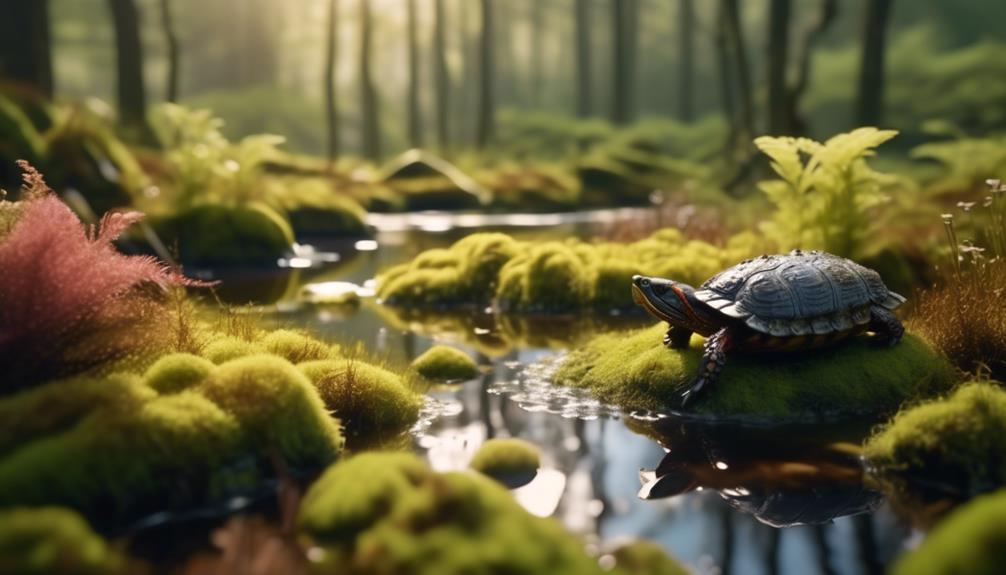
To create a suitable environment for Bog Turtles, consider their specific habitat requirements and ensure the enclosure provides both land and water areas. Mimic their natural habitat by using appropriate substrate and vegetation. Maintain proper temperature and humidity levels to keep the turtles comfortable and healthy. Provide hiding spots and basking areas to meet their needs. The table below summarizes the key factors to consider when setting up the enclosure for Bog Turtles:
| Habitat Requirements | Enclosure Considerations |
|---|---|
| Land and water areas | Equal areas of shallow water and land in the enclosure |
| Substrate and vegetation | Mimic natural habitat with appropriate substrate and vegetation |
| Temperature and humidity | Maintain proper temperature and humidity levels |
| Hiding spots and basking areas | Provide hiding spots and basking areas for the turtle’s comfort and well-being |
Frequently Asked Questions
How Does the Endangered Status of Bog Turtles Impact Their Availability in the Pet Trade?
The endangered status of bog turtles greatly impacts their availability in the pet trade. Due to habitat loss and illegal trade, finding reputable breeders or adoption centers may be challenging.
Are Bog Turtles Suitable for Beginner Turtle Owners?
Bog turtles may not be suitable for beginner turtle owners. They require specific habitat conditions, a varied diet, and may be challenging to find from reputable breeders or adoption centers.
Can Bog Turtles Be Kept With Other Turtle Species in the Same Enclosure?
No, bog turtles should not be kept with other turtle species in the same enclosure. They have specific habitat requirements and may not get along with other turtles. It’s best to provide them with their own suitable environment.
What Are the Main Threats to the Conservation of Bog Turtles in Their Native Habitat?
The main threats to the conservation of bog turtles in their native habitat are habitat loss and the illegal pet trade. These factors have contributed to their endangered status.
Are There Any Specific Laws or Regulations in Place to Protect Bog Turtles From Illegal Trade and Habitat Destruction?
Yes, there are specific laws and regulations in place to protect bog turtles from illegal trade and habitat destruction. These measures aim to safeguard their population and ensure their survival in their native habitat.
What Threats Are Endangering Bog Turtles and Spotted Turtles?
The endangered spotted turtle population is facing various threats, including habitat loss, pollution, and illegal collection for the pet trade. Additionally, road mortality and disease are significant factors endangering both the bog turtles and spotted turtles. Conservation efforts are crucial to protect these vulnerable species from further decline.
Conclusion
In conclusion, the endangered Bog Turtles are a truly fascinating and fragile breed. With their unique physical traits and vibrant colors, they’re a marvel of nature. However, their survival is at risk due to habitat loss and the illegal pet trade.
It’s crucial that we take measures to protect and preserve this delicate species. By understanding their characteristics, care requirements, and native habitat, we can work towards creating a suitable environment for Bog Turtles and ensuring their future survival.

